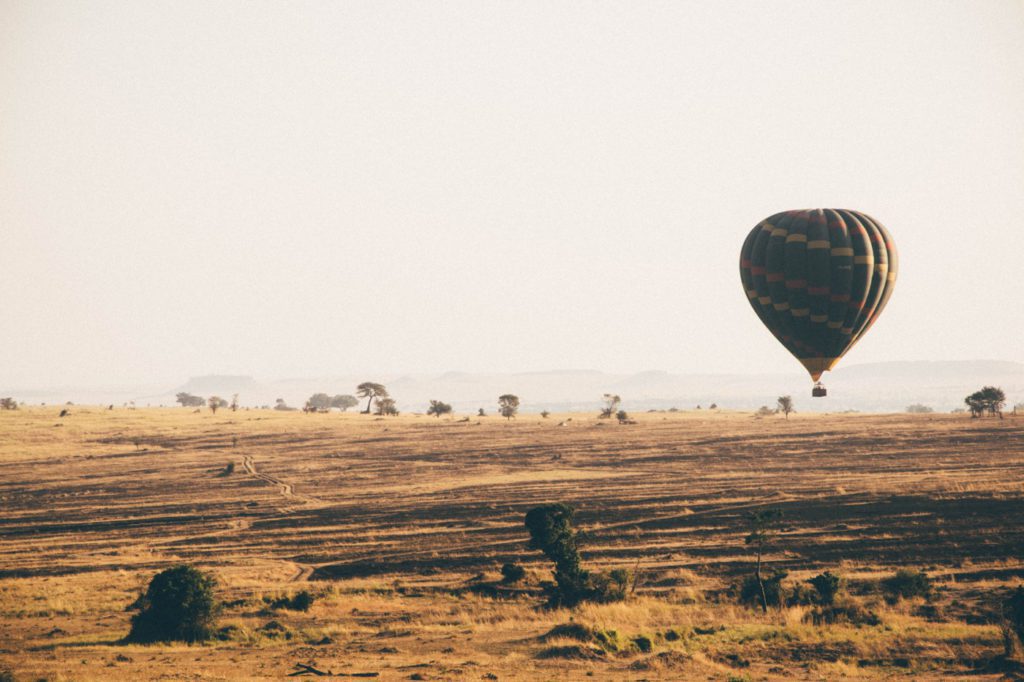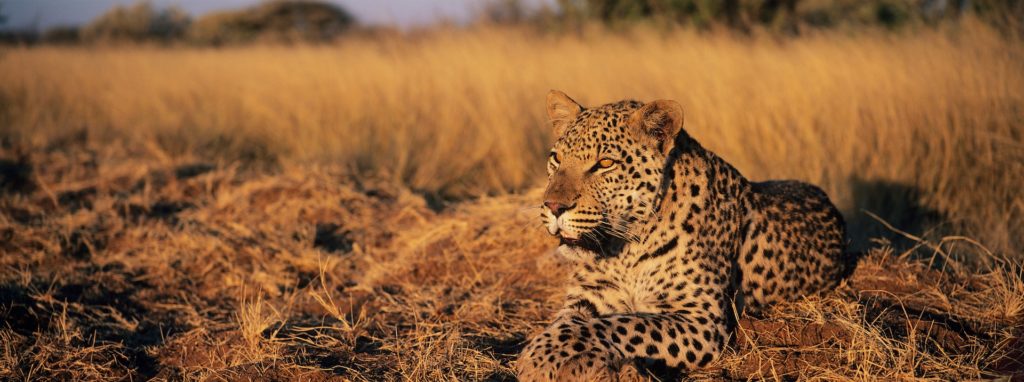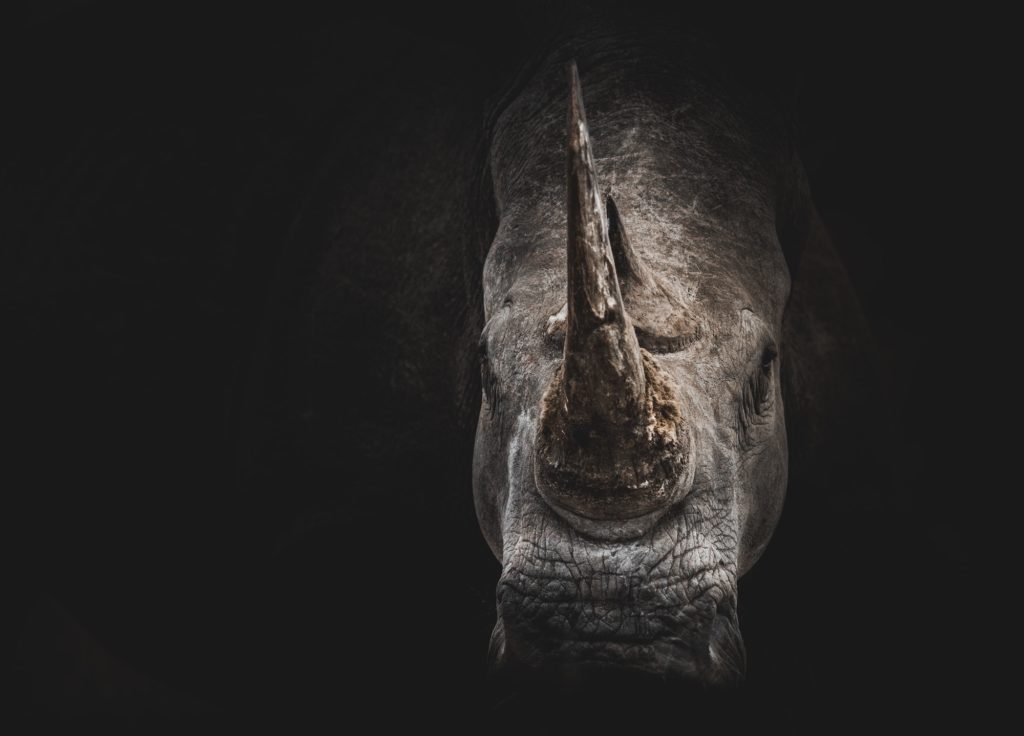FINDING CHEETAH
The Best Places to See the World’s Fastest Cat
To see cheetah in the wild is as exhilarating as it is sought after, but as the world’s fastest land mammal, it’s little wonder that it can be challenging to catch a glimpse of Africa’s speedy predator.
As if their fleet-footedness across expansive territories isn’t hindrance enough, cheetah numbers are continuing to decline, and latest estimates suggest that there are currently less than 8,000 individuals remaining.
Hunting and habitat destruction have combined to pose a very real threat of extinction, and despite being one of the plains’ most efficient hunters – with a success rate of almost 70 percent, as opposed to lions’ 25 percent – they are lowest on the pecking order of predators.
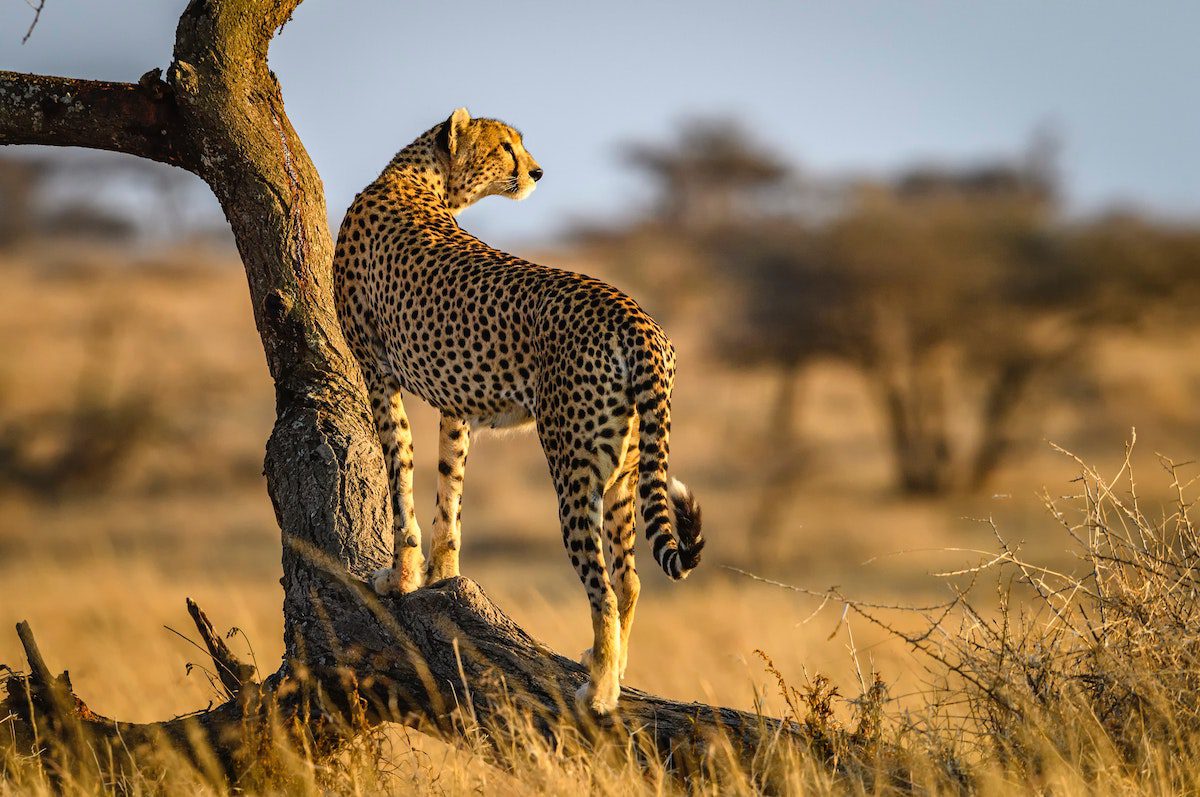
Lion, leopard, hyena, even wild dogs and vultures can often rob a cheetah of its hard-earned kill, and their comparative solitude and the significant vulnerability of their young further increase population fragility.
Yet in those hypnotising yellow eyes lies hope, for survival and even trans-continental proliferation.
From childhood, I have been captivated by cheetah, for their extraordinary physical abilities as well as their glorious dappled coats, elegant long limbs and grace in motion.
Fortunately, despite now being critically endangered, there are several destinations that offer a responsible, though never guaranteed chance of spying the swiftest of the big cats.
These are six of the most fruitful locations to see cheetah in the wild:
- Sabi Sands, South Africa
- Lewa Conservancy, Kenya
- Moremi Game Reserve, Botswana
- Serengeti National Park, Tanzania
- Kafue National Park, Zambia
- Etosha National Park, Namibia
- *Tswalu, South Africa
Sabi Sands, South Africa
Sabi Sands offers exceptional game viewing opportunities across a diverse range of species. This world-class exhibition of wildlife is perfectly complemented by premier accommodations and some of Africa’s foremost industry-leading guides making for some of the finest safari experiences possible.
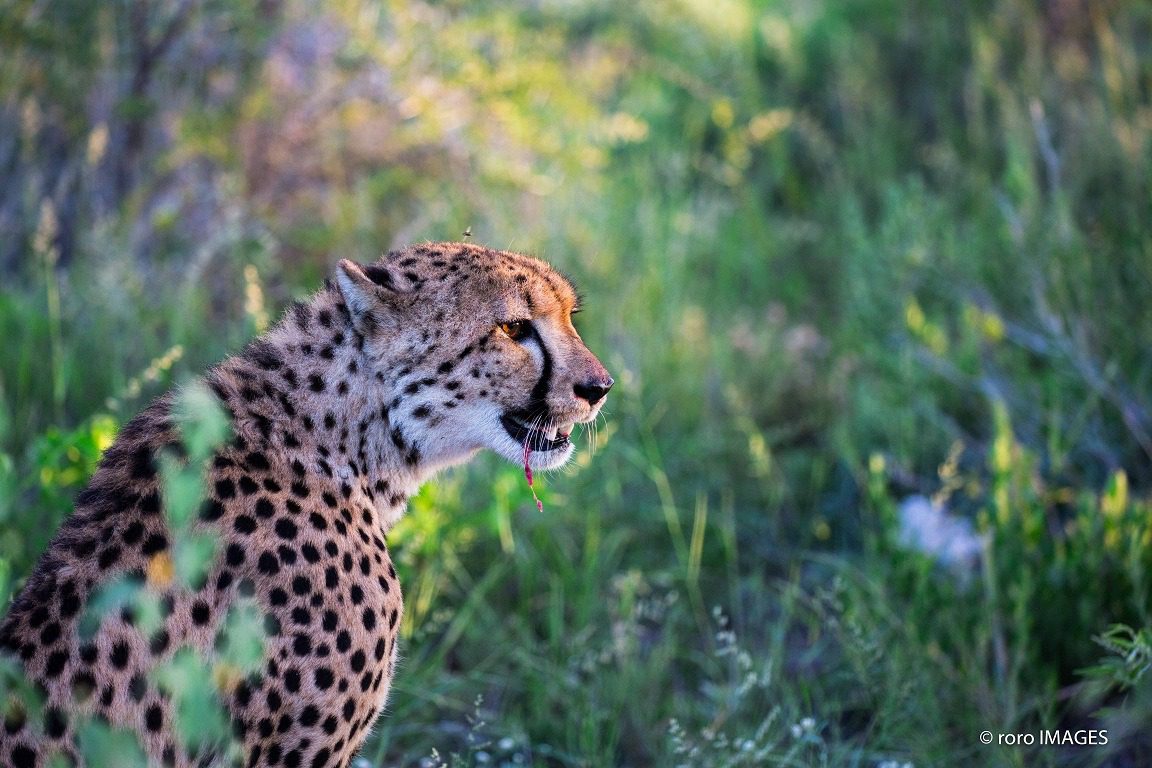
Being a private game reserve, Sabi Sands is better able to protect and manage its inhabitants. Cheetah numbers are strong here and this, combined with the comparatively small territory, increases the likelihood of excellent sightings exponentially. In fact, for both cheetah and leopard, Sabi Sands is often heralded as the pre-eminent location for viewing these big cats.
Sabi Sands is a consummate experience. Not only does it provide the highest prospect of observing cheetah, one can also find the Big Five here, along with one of the greatest concentrations of creatures anywhere in Africa.
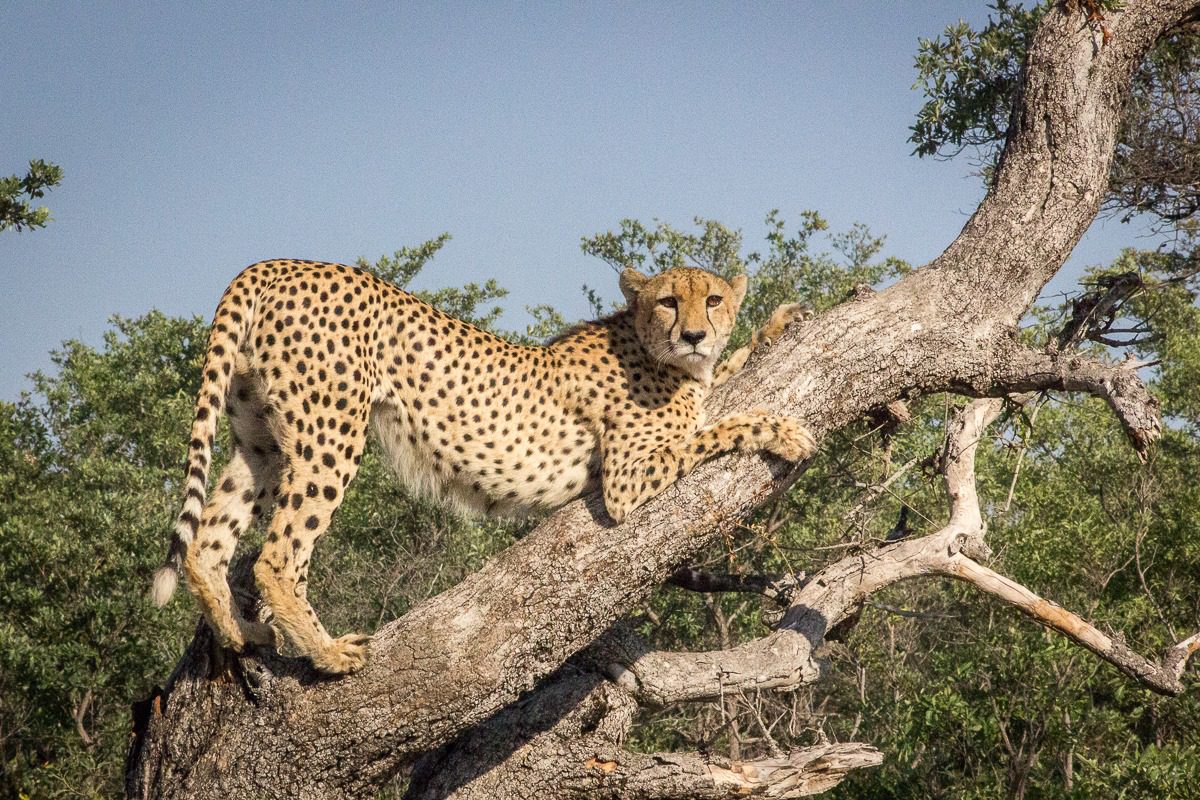
With a dedicated team of rangers, veterinarians and trackers, Sabi Sand Private Reserve is one of the cheetah’s most secure strongholds.
Lewa Conservancy, Kenya
With a population of approximately 15 individuals, Lewa Conservancy has comparatively few cheetah. But these solitary creatures don’t cohabit in the way lion do, staying in close family groups rather than large prides, so this number is fairly typical of a conservancy of this size, and cheetah are considered to be successful here.
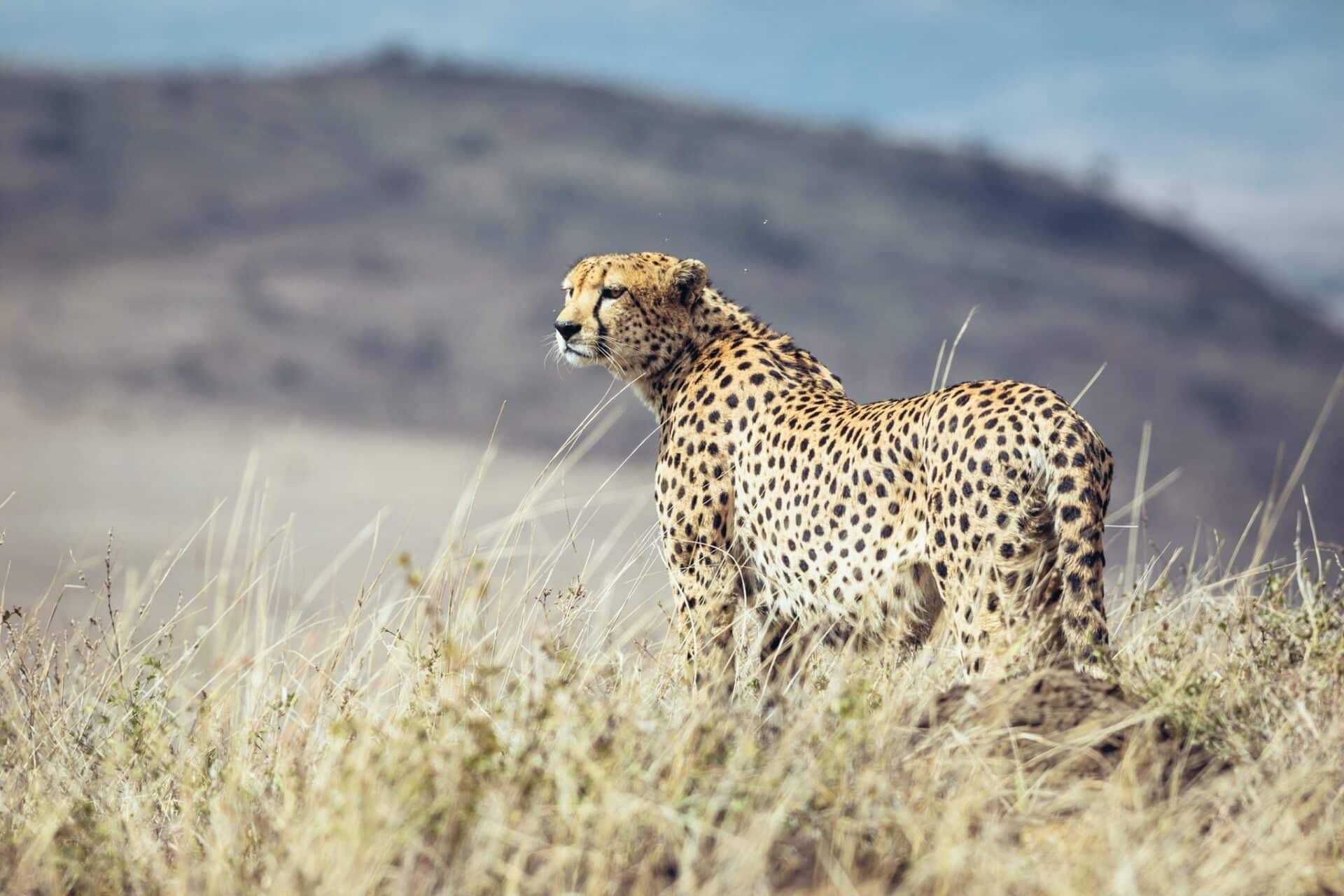
Cheetah are increasingly vulnerable, so despite any region hosting a healthy population, monitoring, preservation and rehabilitation remain paramount.
Combining wildlife conservation, land management, anti-poaching and ranger units, tourism and community education and support, Lewa is a powerful ally to many endangered species, including the cheetah.
Lewa’s varied landscape of grassy plains and kopjes presents an abundance of elevated vantage points, ideal for both locating and observing game, including cheetah. With a fairly diminutive population but prominent ranger force, monitoring the cheetah numbers is incredibly proficient, and this leads to an increased chance of locating individuals.
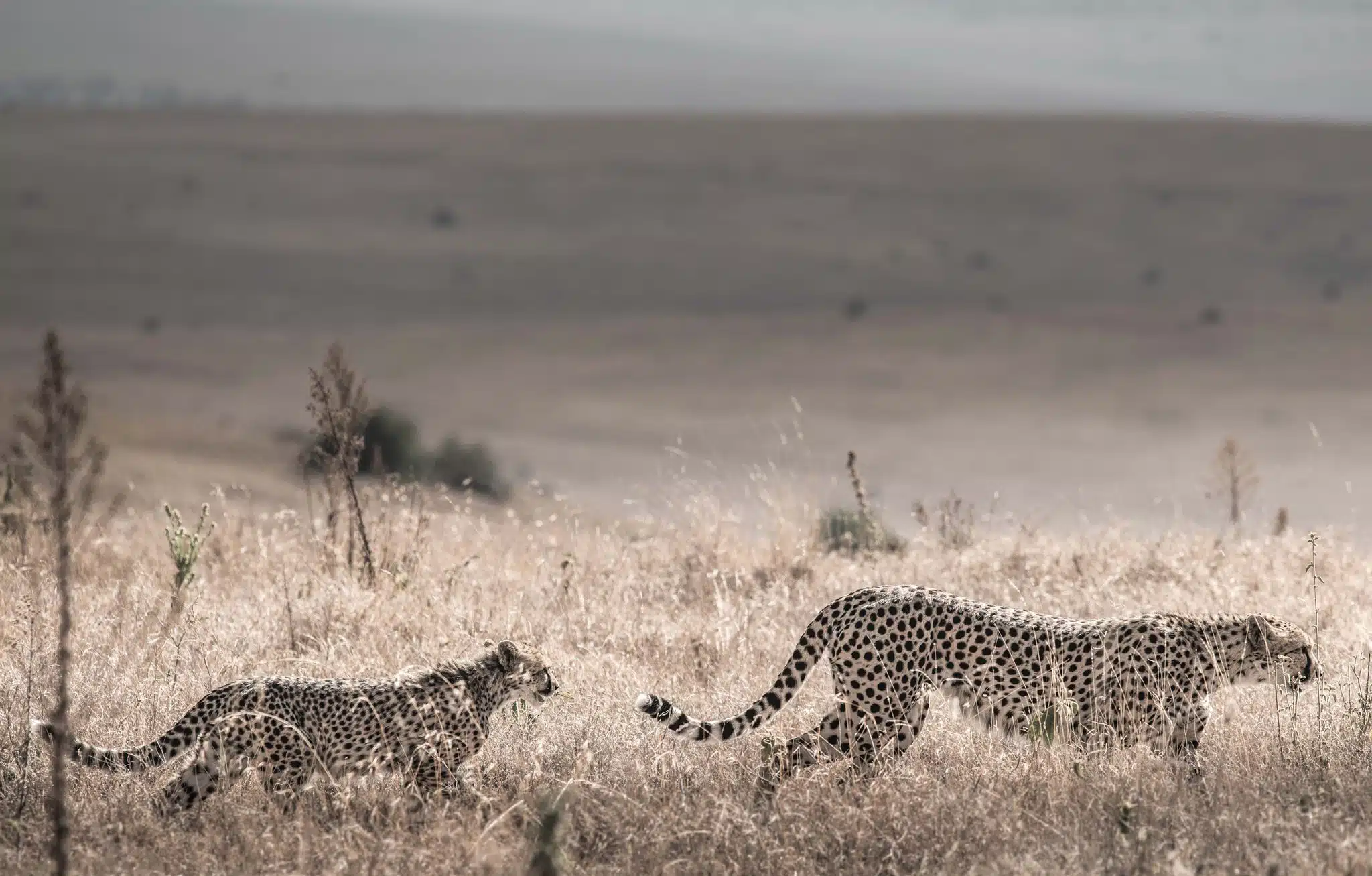
The people of Lewa, both expatriate and indigenous, have a deep connection with this land. Though human-animal conflict once resulted in cheetah deaths, that – along with hunting and poaching – has largely been mitigated, if not expunged completely, and cheetah numbers are once more returning to sustainable levels.
Moremi Game Reserve, Botswana
Botswana has several superb destinations for cheetah spotting. Among them, Kgalagadi Transfrontier Park, Chobe and the Central Kalahari Game Reserves all have reasonable populations of cheetah. However, for Chobe in particular, the weaving network of waterways can make navigation and tracking somewhat challenging.
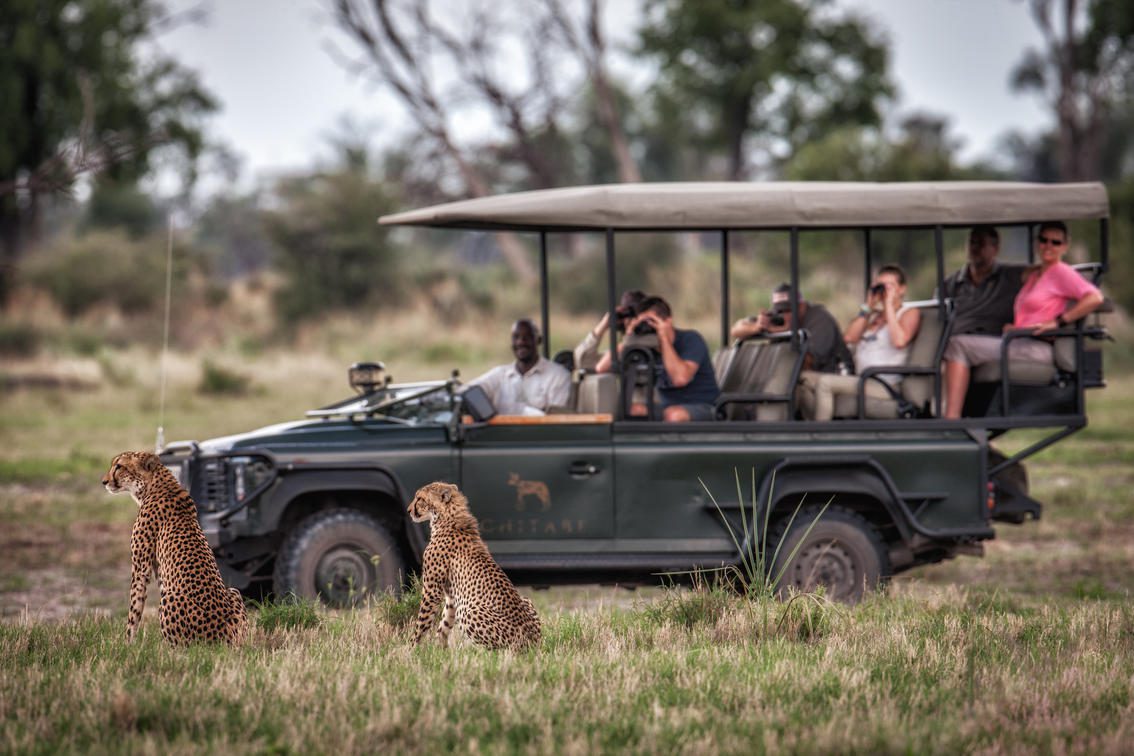
Kgalagadi Transfrontier Park is often considered the best of Botswana’s parks for cheetah, but its comparative remoteness and minimal premium accommodation make it less favourable than Moremi.
Few would travel to Africa and take a safari for the sole purpose of seeing cheetah, and here is where Moremi Game Reserve excels. An array of activities, landscapes and fauna present themselves to visitors, and a select range of luxury properties makes Moremi an immensely rewarding and bountiful safari destination.
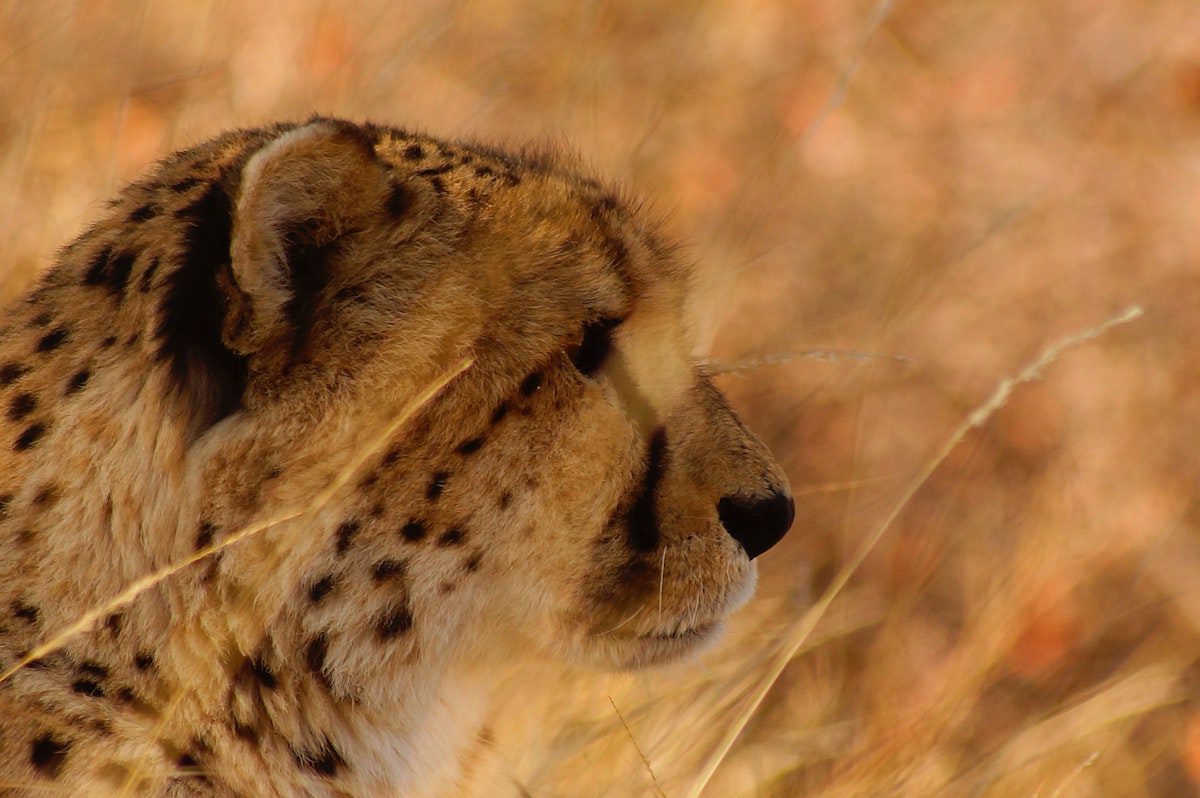
The same landscapes that can make cheetah tracking tricky also assist in viewing opportunities. Sporadic trees on the isolated flat grasslands of Moremi are enticing observation points for cheetah, and guides will know the most-frequented of them. The tight, collaborative network of guides will also alert each other to cheetah sightings, giving guests an added chance of seeking out their quarry.
Serengeti, Tanzania
The prowess of the world’s fastest land mammal cannot be fully appreciated until seen in full effect, and for this the vast plains of the Serengeti are an exemplary showground.
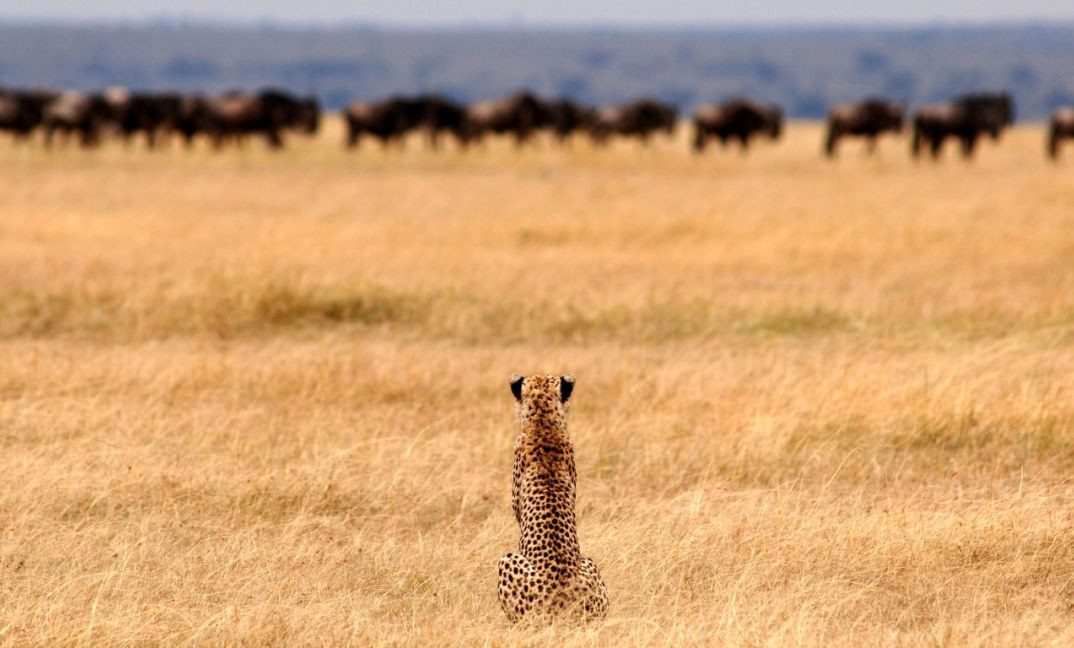
Cheetah can accelerate faster than many sports cars, but their top speeds are only attempted or achieved on a longer chase. During the Great Migration’s foaling and calving season (January and February), cheetah are on high alert and supremely active.
Far more slender than many of the big cats, adolescent zebra and wildebeest are more attainable for cheetah, and with such an abundance of prey they are also less likely to have their catch stolen by the larger predators. Hyena, lion and occasionally leopard will chase a cheetah off a catch, even killing it if it tries to defend its meal.
Though lion and hyena number in their several thousands, the reclusive cheetah are less prolific, yet with a population of between five and six hundred, there is still a high probability of spotting these speedy, elegant cats.
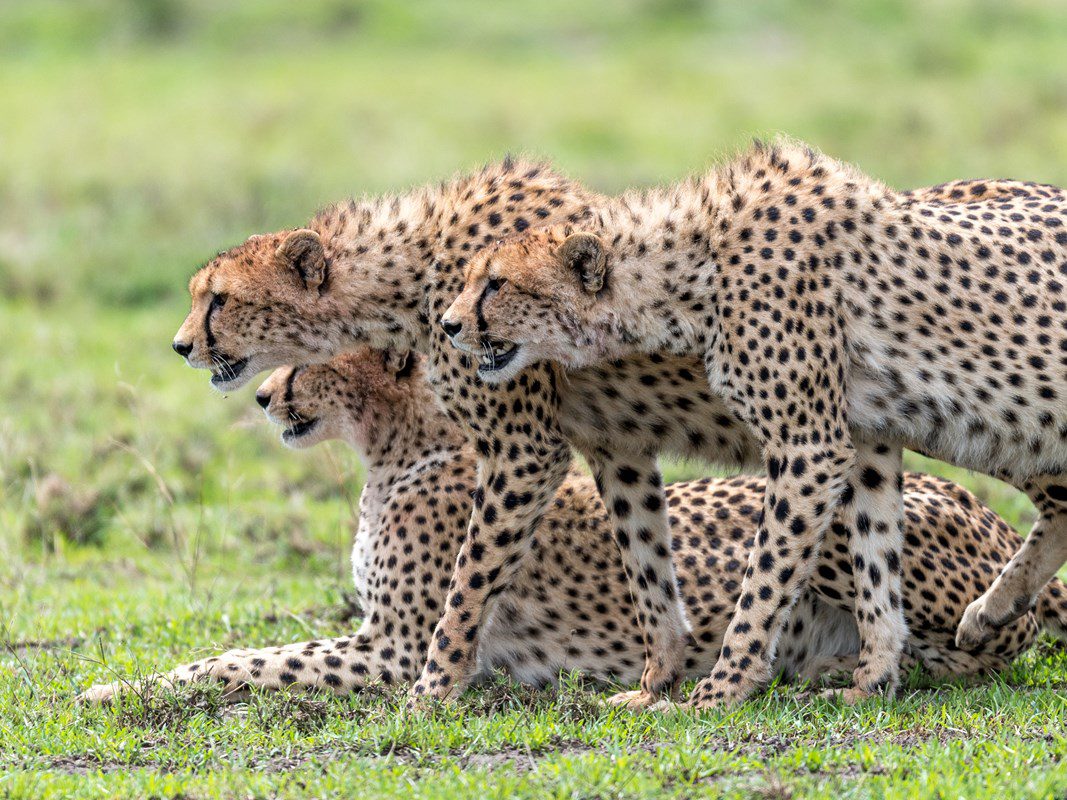
It should be noted that, particularly during calving season, one is reasonably likely to witness a kill. While incredibly dynamic and sought after by many safari-goers, a kill can also be both graphic and confronting. It is, in many ways, nature and its most raw and cruel, though without this vital surge of life across the plains, the predators would be unlikely to survive.
Kafue National Park, Zambia
Kafue National Park is the only place in Zambia where cheetah reside. Its wide plains and profuse populations of smaller antelope species make Kafue a haven for a small but active collection of cheetah.
One of the largest parks in Africa, seeking out cheetah individually can be tricky. By following the herds of antelope – particularly the puku, a smaller species that is a favourite of cheetah and more easily brought down than the larger kudu and eland – guides are able to identify the most likely locations.
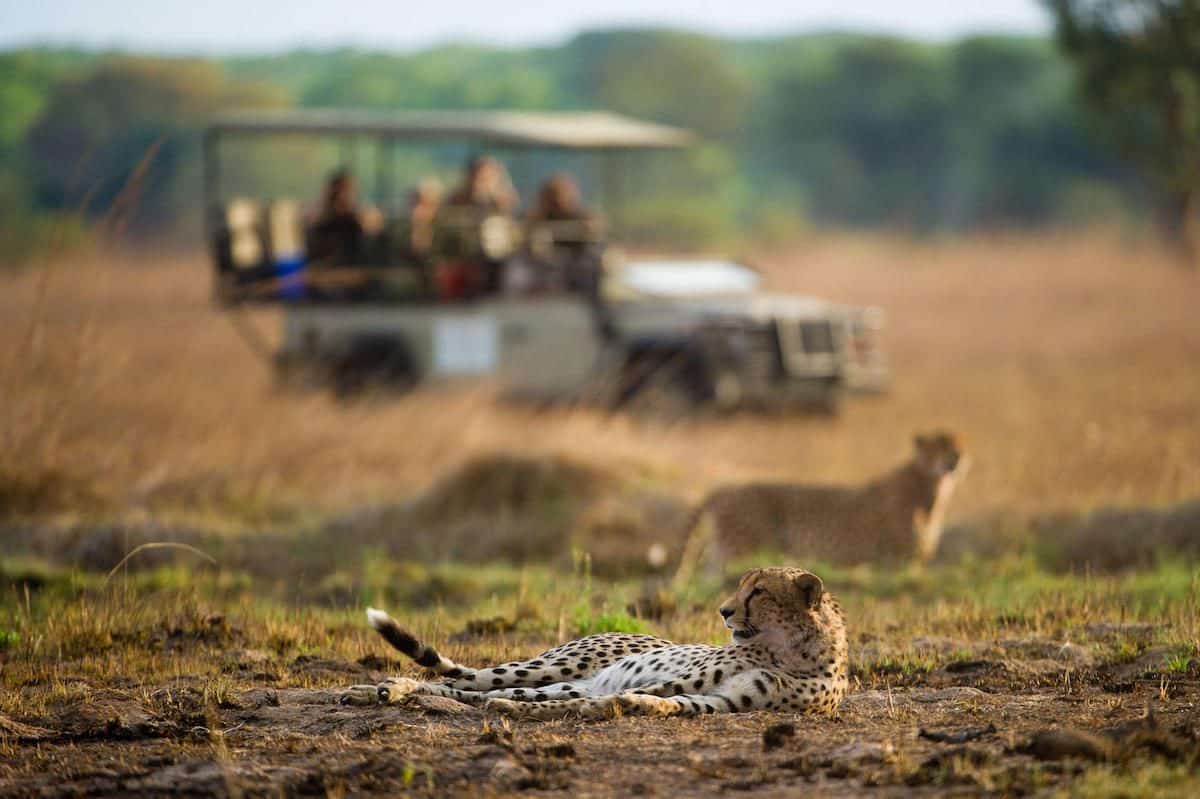
The majority of cheetah reside to the park’s north, and Shumba and Busanga Bush Camps are poised in the prime location to take advantage of this.
Flooded for much of the year, the Busanga Plains are all but inaccessible, but when the waters recede, life flourishes, first with the grazers – buffalo, sable, roan and several smaller antelope species – and soon followed by the predators. Cheetah share this remote territory with lion, hyena and painted dogs, and the transient nature of the wildlife creates invigorated activity and spectacular viewing.
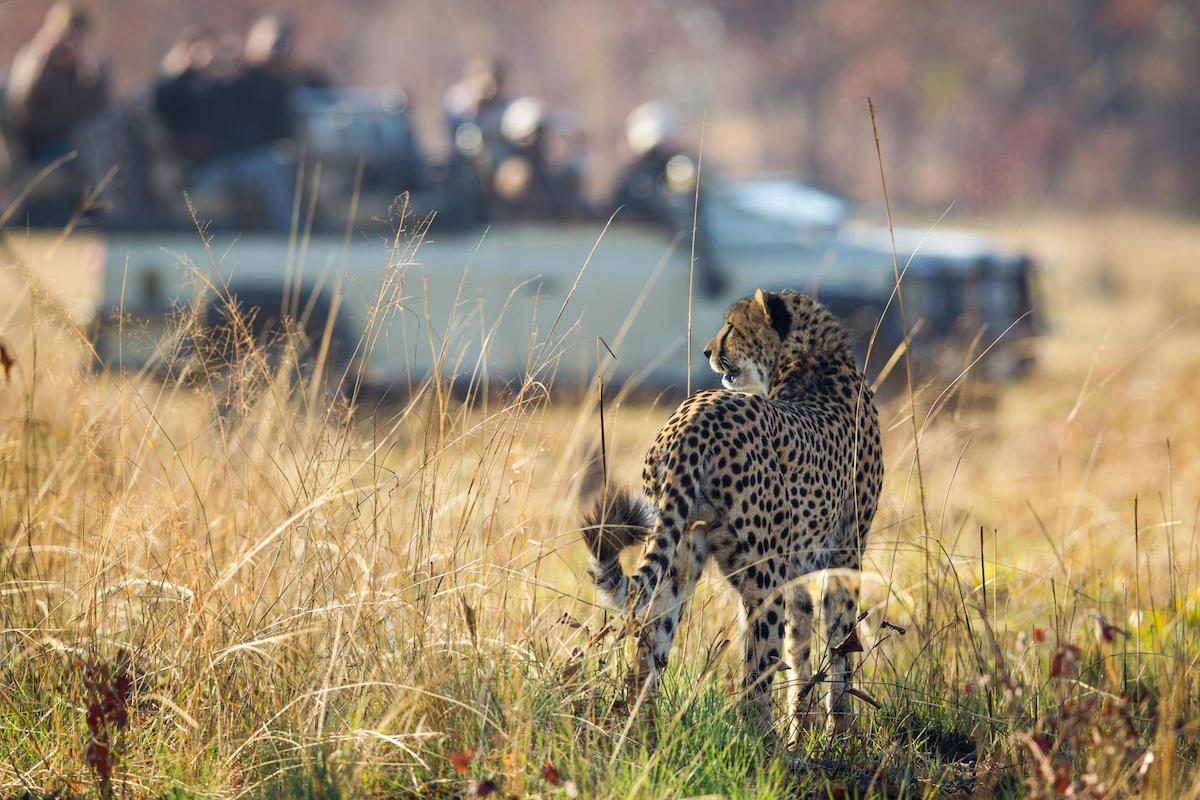
Open to tourism for just five months of each year, North Kafue is as fascinating and dynamic as it is tranquil and wonderfully intimate.
Etosha, Namibia
Cheetah are one of a handful of species to have uniquely adapted to desert environments. Though not as arid and barren as Namibia’s iconic desert regions, in which cheetah also dwell, Etosha isn’t quite so desolate, and they share this habitat with a surprising plethora of mammal and birdlife.
The dry, dappled landscape makes cheetah challenging to spot, but the few water sources draw game from many miles around, forming oases of life, both literally and metaphorically. Herds of elephant drink shoulder to shoulder with giraffe, zebra, gemsbok and, most importantly for the cheetah, gazelle.
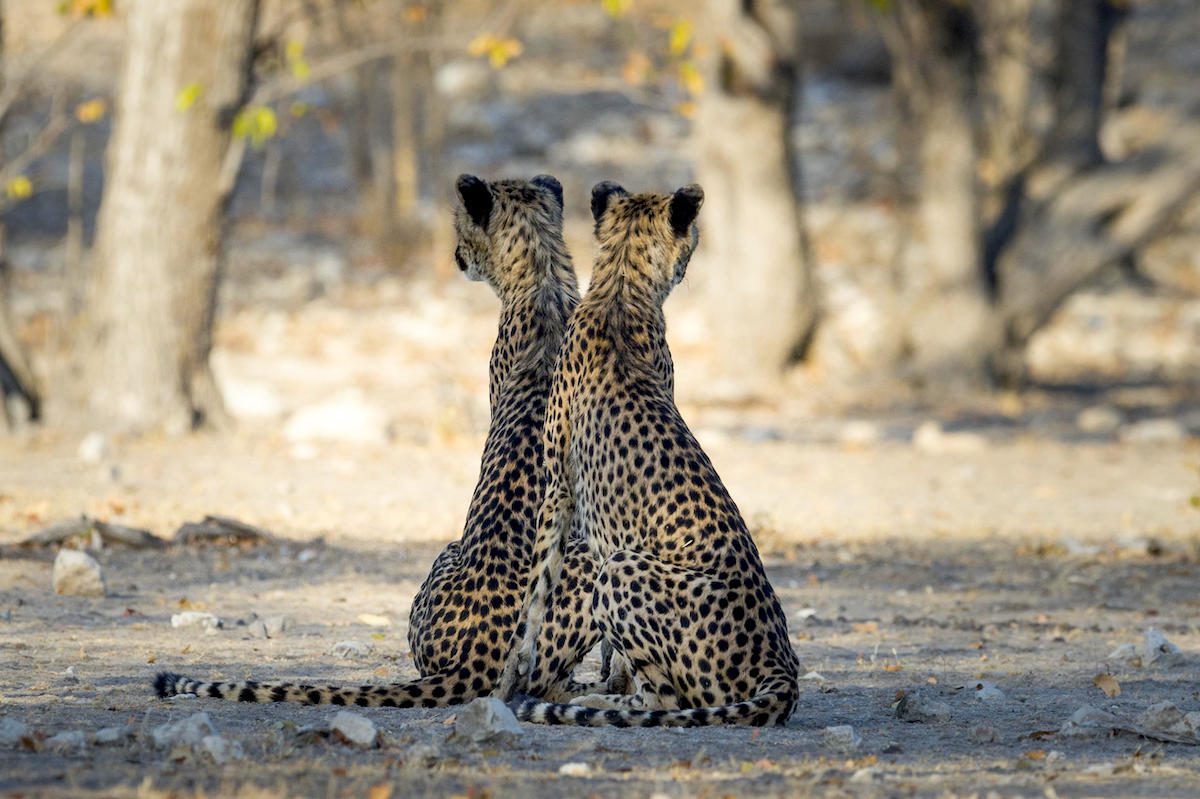
In the wet summer months, the grasses grow and cheetah blend invisibly into the undergrowth, but in the drier winter between April and September, the grass dries and their camouflage rendered less effective.
Though significant work is being done to increase the cheetah population of Etosha, currently estimated at under 50, numbers continue to drop. Mankind – through hunting, poaching and habitat destruction – has been the blight of cheetah across Africa, but here in Etosha, it is competition that is diminishing populations.
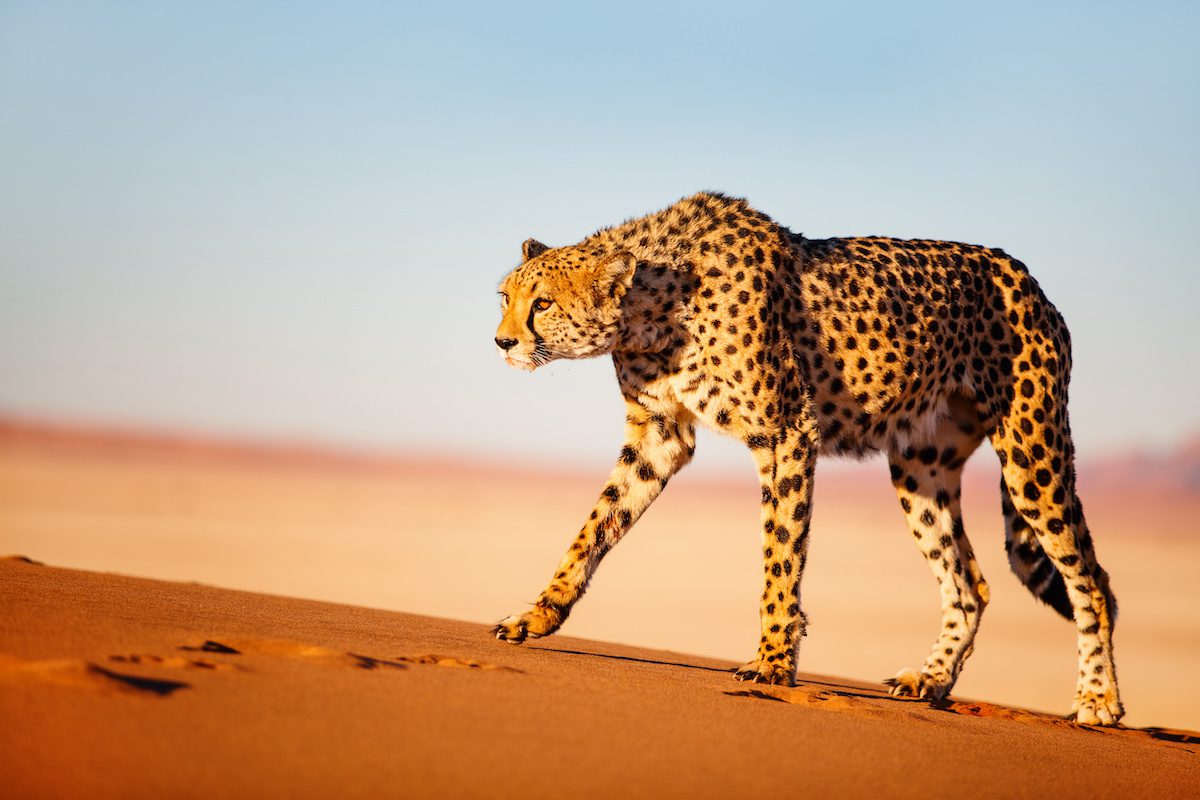
Low on the predator pecking order, cheetah simply can’t compete with the far larger and stronger lion and leopard of the park. But with careful monitoring and ecosystem management, hope remains to stabilise cheetah numbers.
Despite all of this, Etosha is an excellent location for observing cheetah, and the network of guides works closely to ensure sightings are documented, for the benefit of visitors and cheetah alike.
Tswalu, South Africa
Tswalu gains a special mention in our list of cheetah-rich destinations and in some regard is the best location of all.
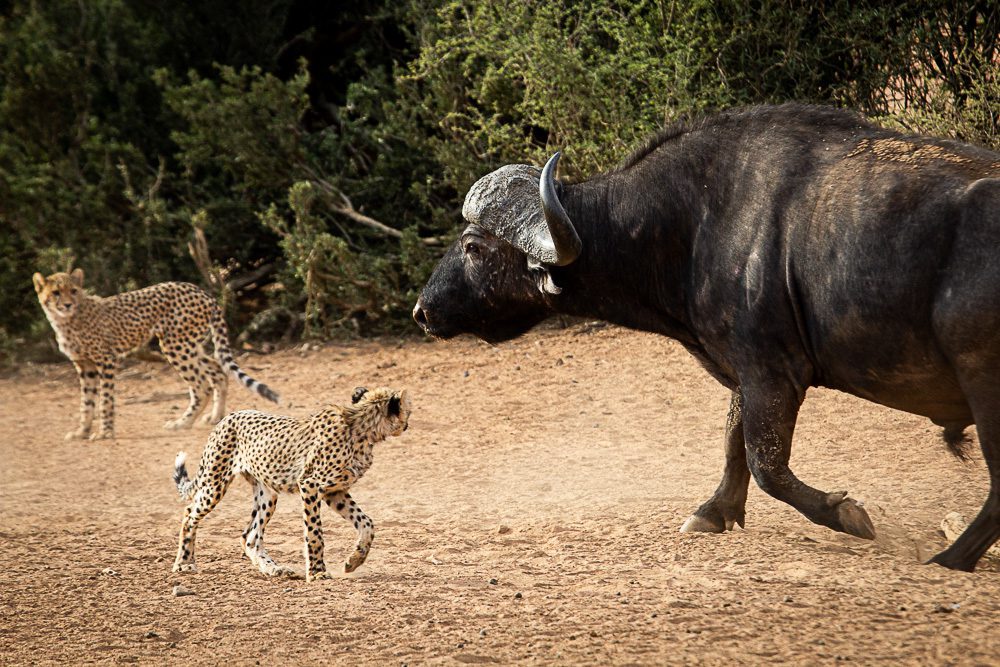
This unparalleled safari experience combines luxurious bespoke tourism with research and conservation to help restore and protect the Green Kalahari. The Tswalu Foundation was established as a conservancy, with the preservation of this precious land and its rare species its purpose. With a need for financing, tourism was carefully implemented, bringing funding without impacting the environment.
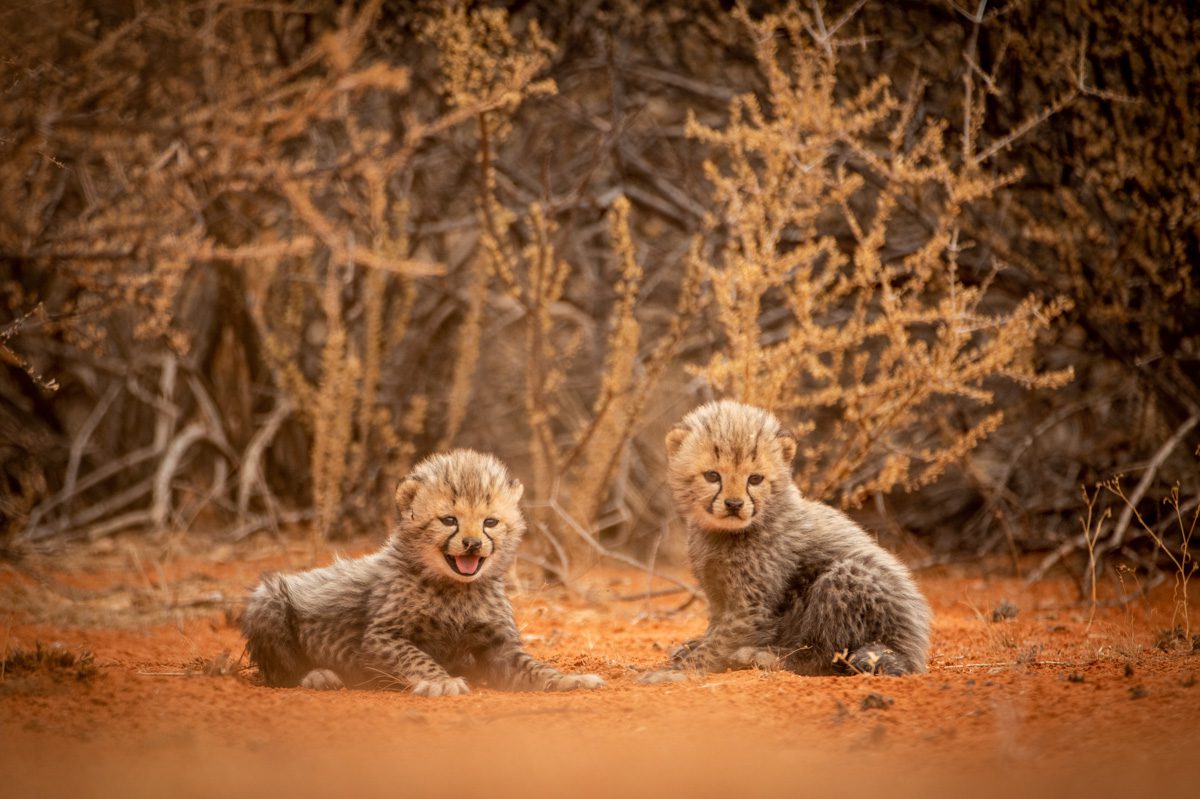
Now with several small and private properties for guests, Tswalu invites its visitors not merely to view its wildlife, but to take part in vital research projects to protect and encourage numerous species and the ecosystems in which they live.
Tswalu’s rangers have fitted several of the conservancy’s cheetah with radio collars to closely monitor their movements and guests can participate in tracking and registering their locations.
With a smaller population of the larger big cats, cheetah have a better chance of survival at Tswalu, and are also more prevalent, making this one of Africa’s very best cheetah habitats.
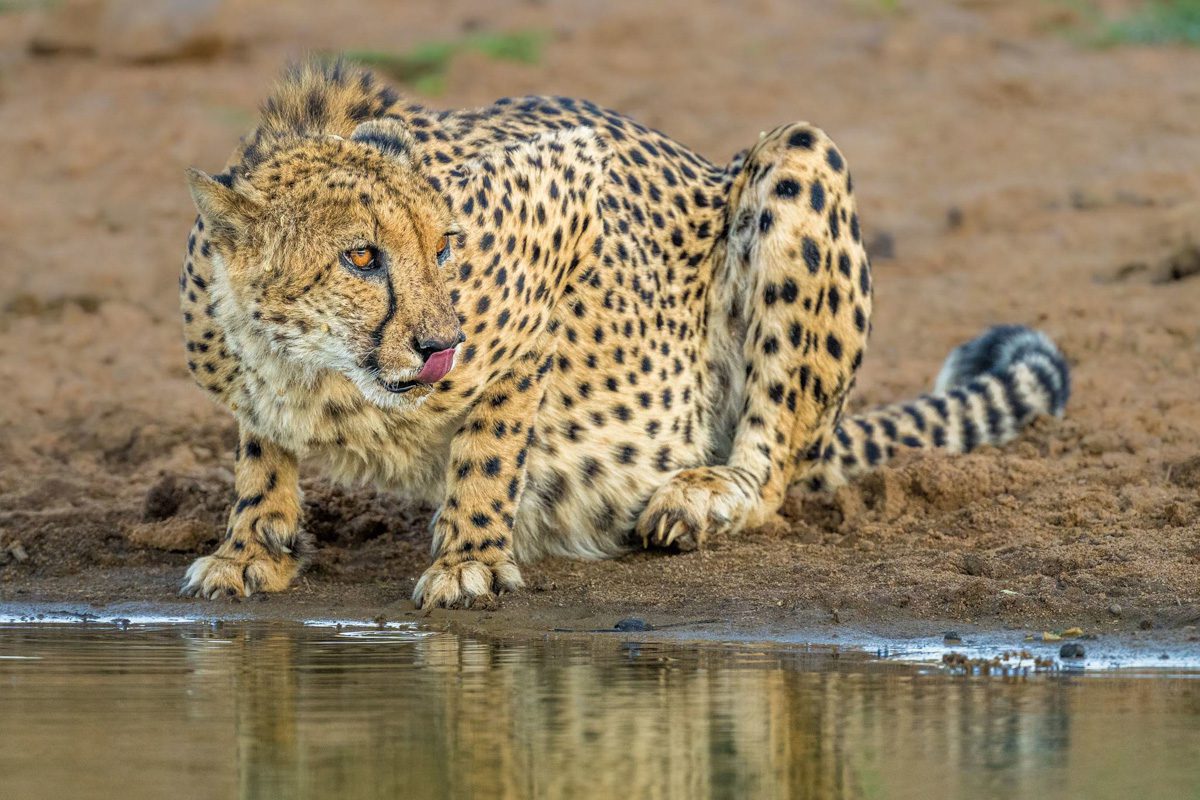
Tswalu also hosts the Dedeben Research Centre bringing scientists and students from all over the world to learn more about endangered species and assist in protecting and repopulating not just Tswalu but parks and reserves across Africa. Visitors can spend time with research groups, learning more about their projects and even lending a hand in their fieldwork. On occasion, though by no means guaranteed, this could even result in a face-to-face meeting with Tswalu’s cheetah, for medical work or radio collaring.
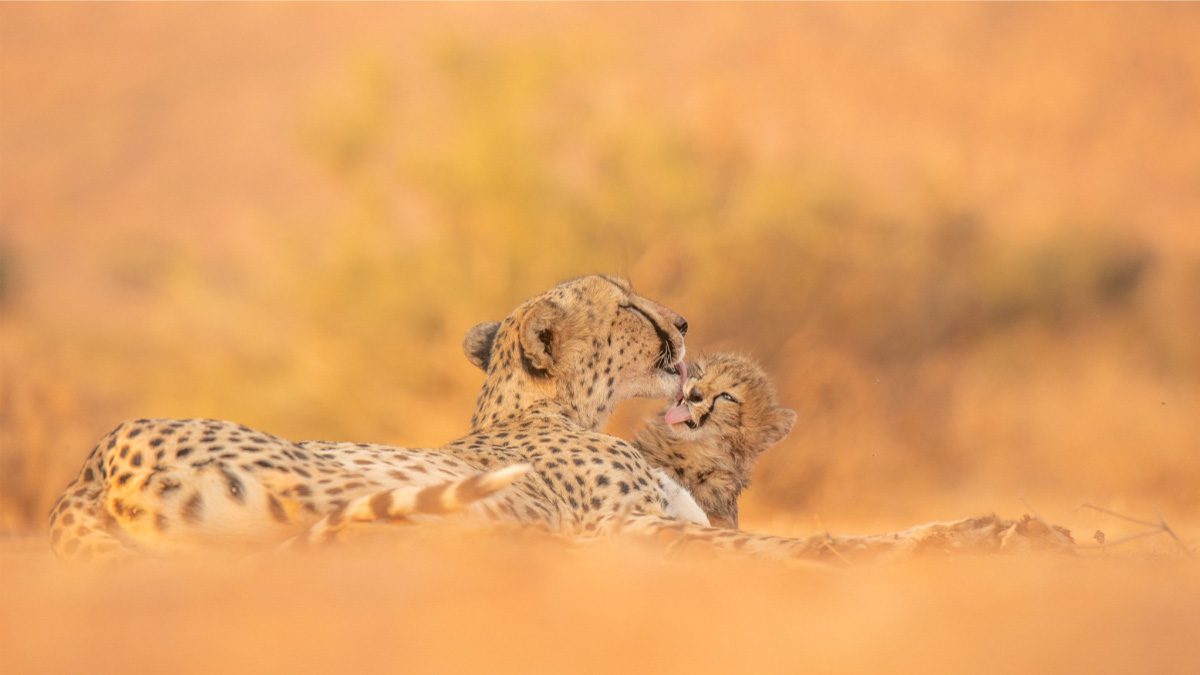
While lion are the kings of the jungle and leopard the rulers of the treetops, cheetah are the masters of the plains, their inordinate speed surpassing any pride’s coordinated attack or the raw power of a leopard.
Throughout their history, cheetah have faced extinction on several occasions. Once prevalent throughout Africa, Asia and even into Europe, their minute foothold on survival is incredibly delicate.
But awareness of their plight is strengthening annually, and research, breeding programs, translocation and many more projects are working alongside anti-poaching and community education programs to once more draw cheetah back from the brink of extinction.
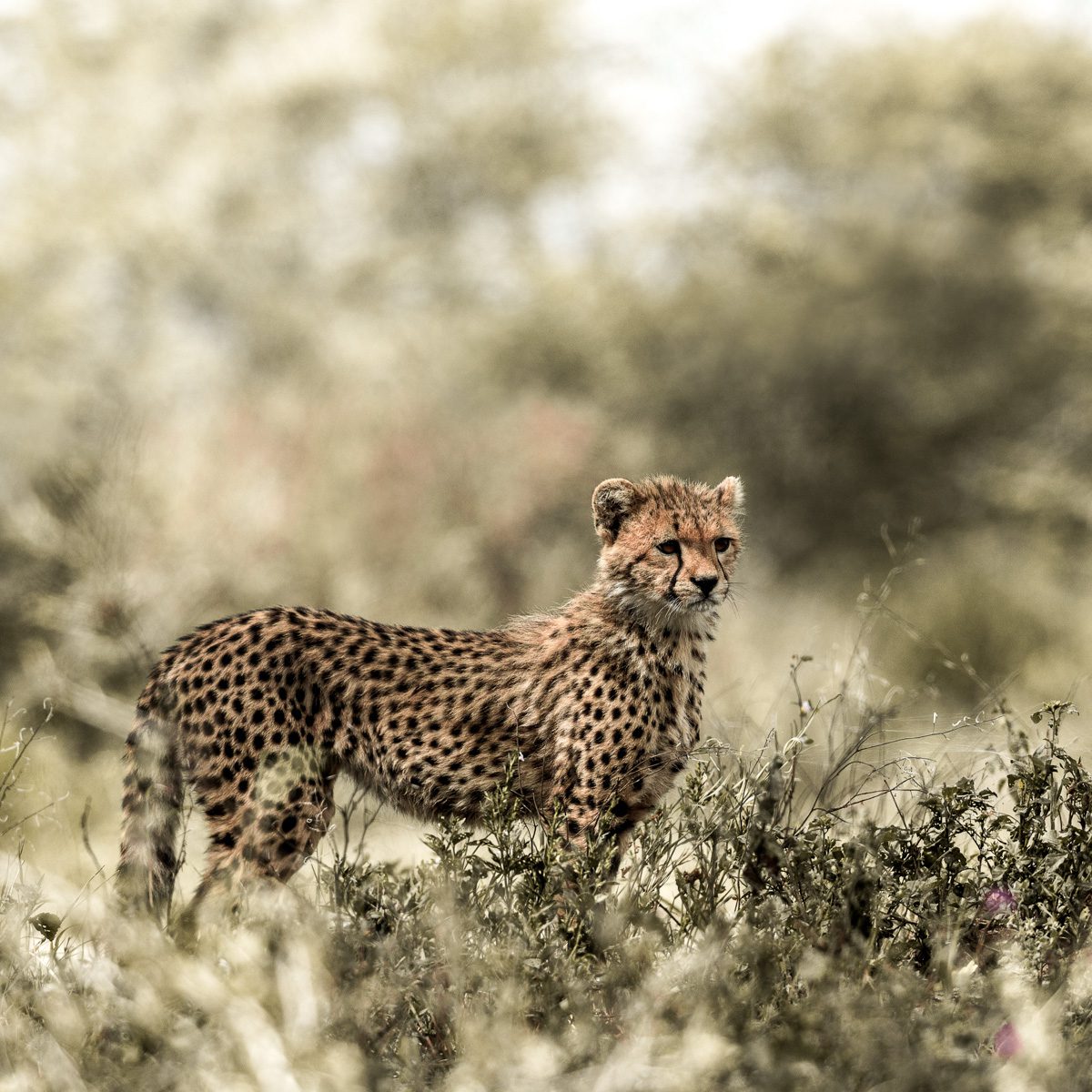
So many species are absolutely stunning to witness in person, but the record-breaking speed, dexterous elegance and fragility of their existence make cheetah a captivating sight to behold.
By frequenting those properties invested in ecological conservation and the protection of cheetah and many other threatened species, you can actively support African wildlife.
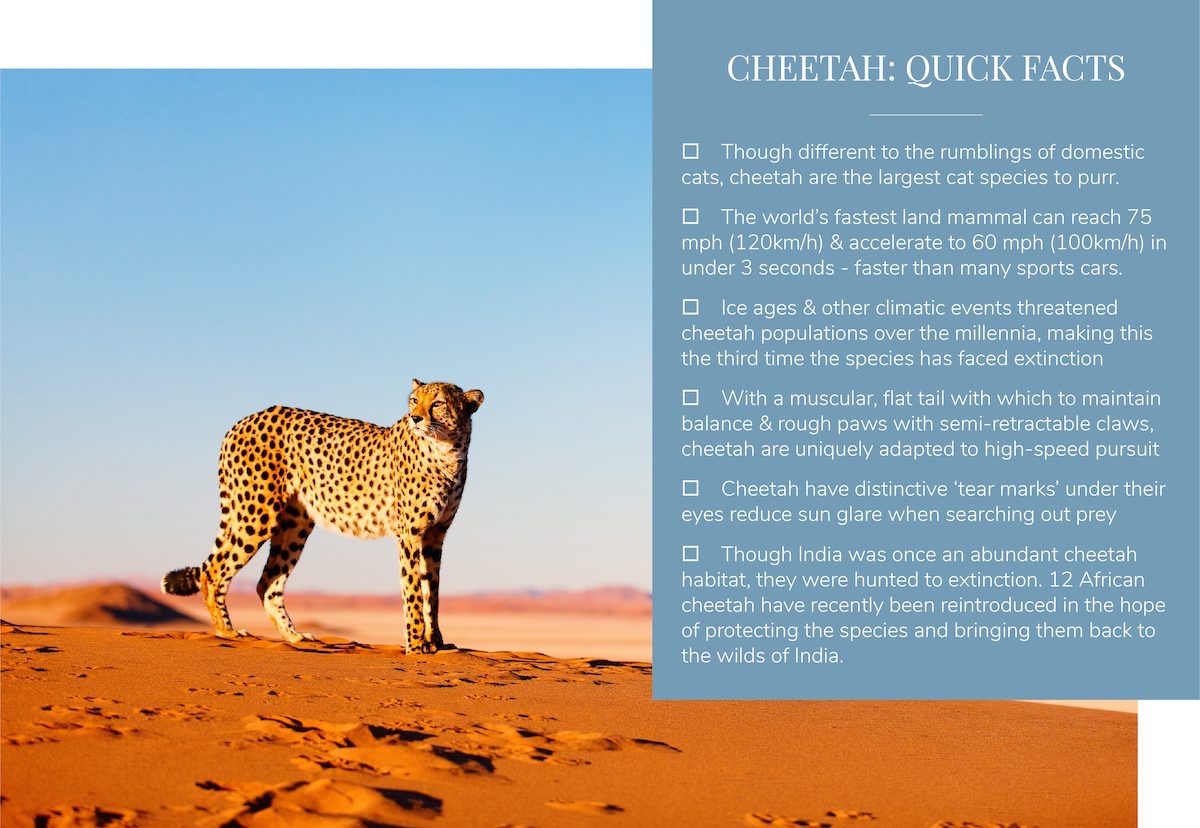
The Differences Between Cheetah & Leopard
Though similar and quite often confused, cheetah and leopard are very distinctly different. Here are some of the most evident and opposing characteristics between the two:
BUILD: Cheetah are built for speed, whereas leopard are designed more for explosive power and strength. Cheetah have long legs and a longer tail, and in comparison will look almost malnourished when compared with a stout leopard.
Though about the same length, cheetah are taller, with leopard more squat and bulky.
SPOTS: One of the most distinctive features of both cats is their black spots on yellow or golden fur. Cheetah have around 2,000 singular spots, while leopard spots are in clusters, almost as if someone has applied them with gathered fingertips dipped in paint.
FACE: Like the rest of their bodies, cheetah have more refined heads, with the leopard’s being squarer. But the most defining difference is the cheetah’s ‘tears’. As mentioned above, cheetah have strongly-defined black markings running from the inside corner of their eyes and down their snout. Leopard have many spots on their faces, but no such bold line.
EYES & CLAWS: Though it is unlikely that you will be close enough to tell, cheetah tend to have golden or orange eyes, while leopard eyes vary from yellow and green to exquisite blue. Like domestic cats, leopard can completely retract their claws. Cheetah, however, can only partially retract their claws. This provides them with built-in running spikes, gaining significant traction especially through changes of direction.
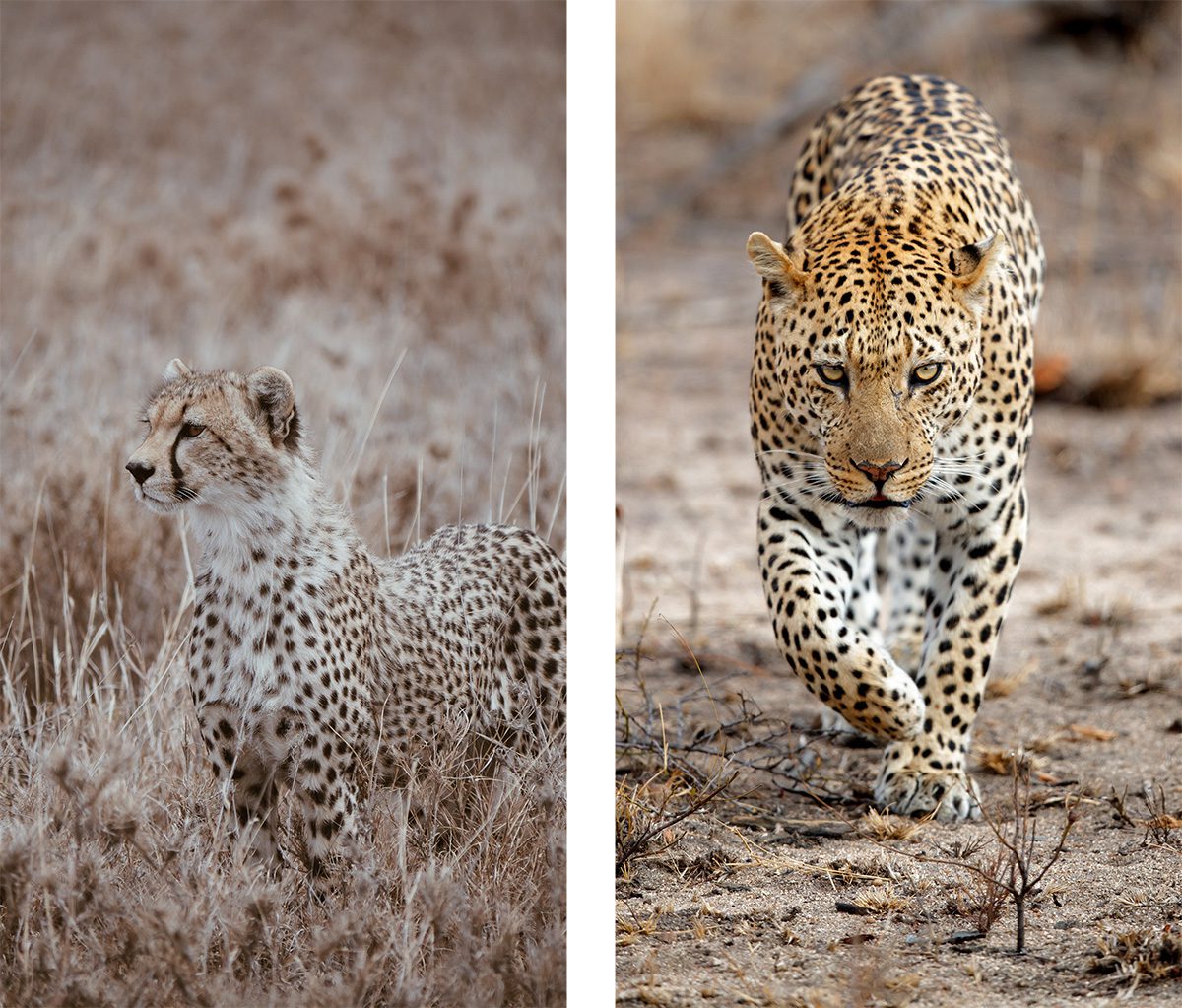
For more information on cheetah conservation, visit the Cheetah Conservation Fund & the African Wildlife Foundation
Discuss the possibilities with your travel designer today.


